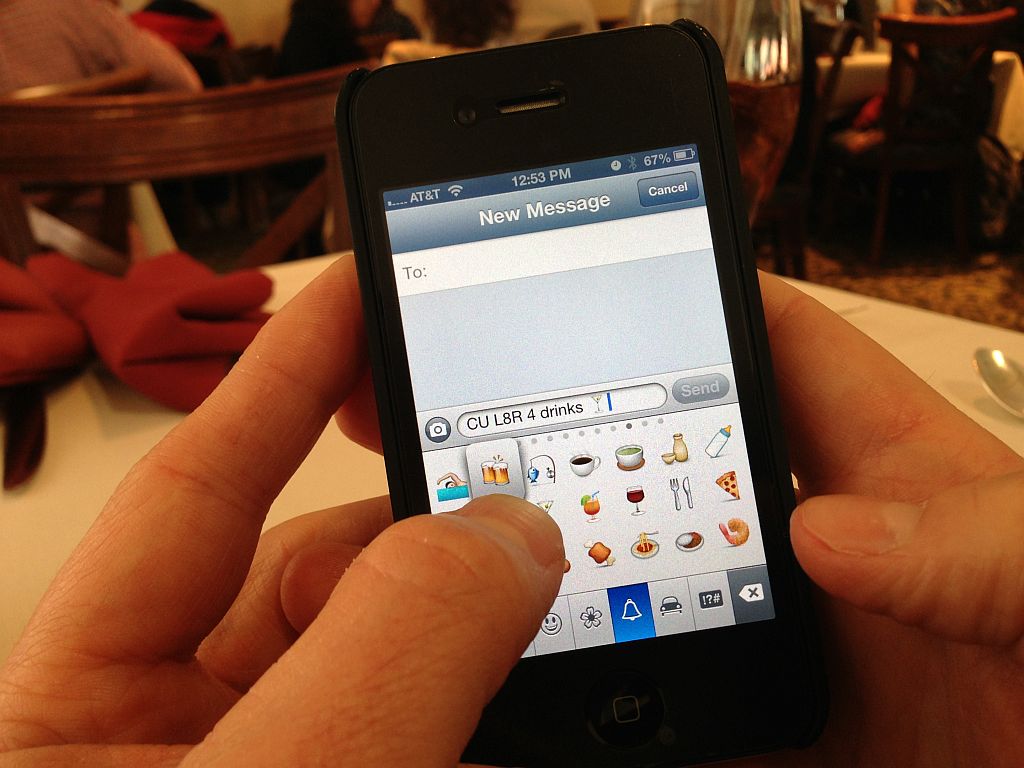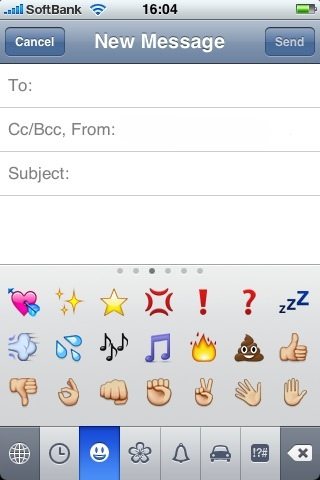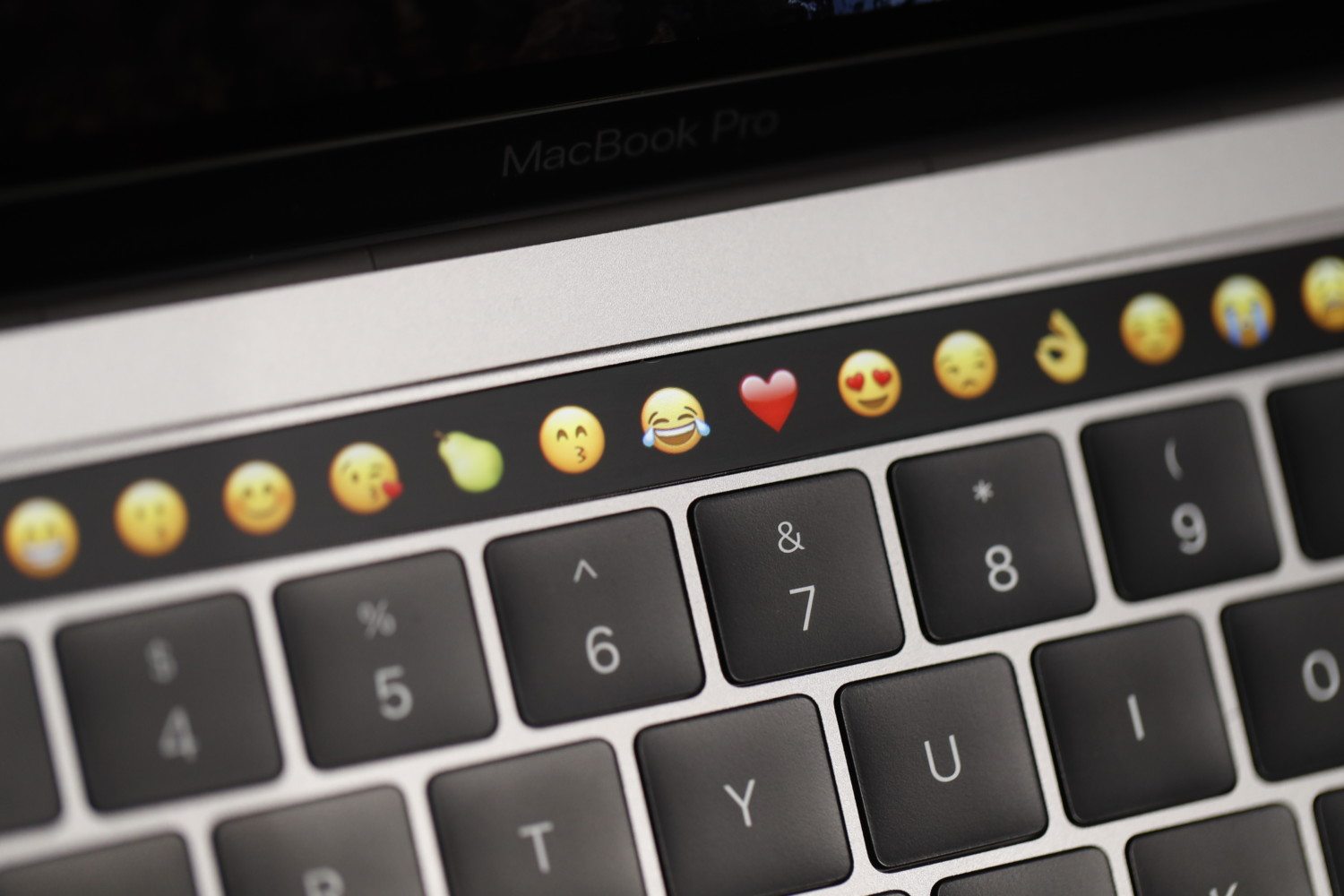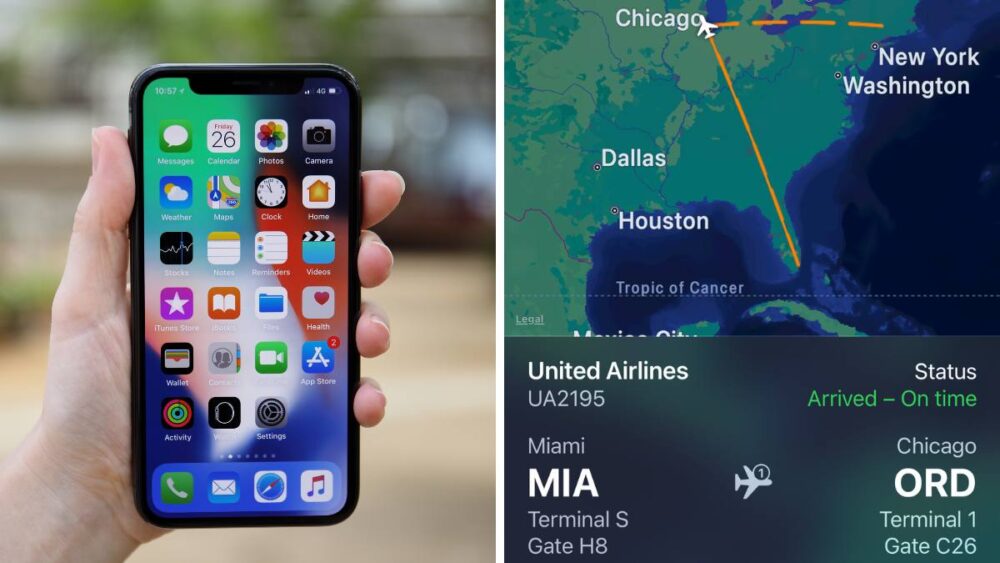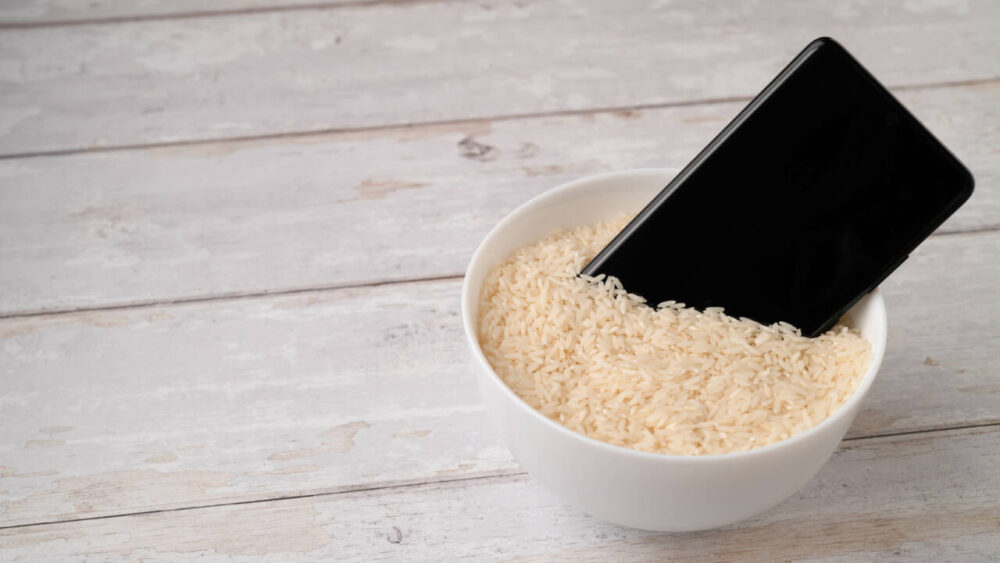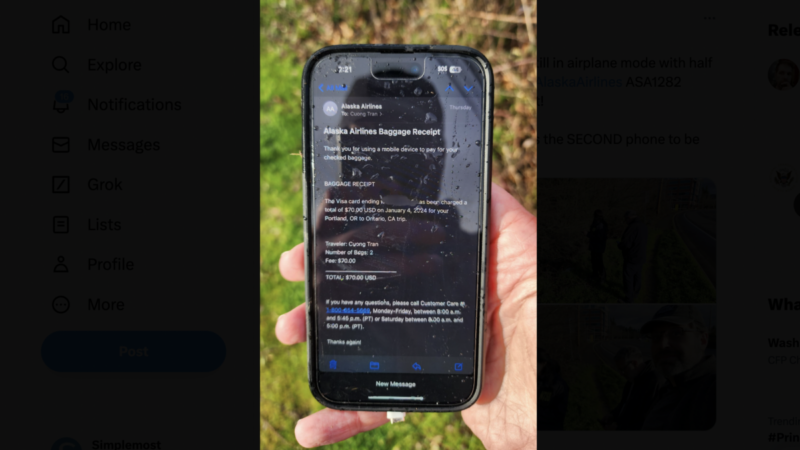Meet the world’s first official ’emoji translator’
Have you ever sent or received a text message composed entirely with emojis? Both parties probably understood exactly what it meant—even though there were no actual words. That basically proves that emojis are, in fact, a form of language.
Need more proof? Well, emojis have become so popular that at least one person has a job dedicated to decoding the symbols. Meet Keith Broni, the world’s first emoji translator.
In December, translation company Today Translations put up an ad for an official London-based “emoji translator/specialist.” The company’s goal, according to the job posting, was to bring a human touch to a field still largely dominated by bits and bytes.
“In the absence of any native speakers, the successful candidate should be able to demonstrate a passion for emojis, combined with cutting-edge knowledge and awareness of areas of confusion and cultural/international differences,” the post read.
As it turns out, Keith Broni was the perfect man for the job. Just before applying, he had graduated with a master’s degree in business psychology from University College London, where he spent his days studying the specific role emojis can play in consumer marketing. His dissertation’s title was even written entirely in emojis, and he hosted Europe’s first Emoji Spelling Bee in Dublin earlier this year.
If ever there was a person made for this job, it was clearly Broni—and he proved it by beating out over 500 applicants who also applied for the job over a five-month period.
So what does being an emoji translator actually entail? Speaking to the BBC in May, Broni described himself as “the real-life incarnation of the little detective emoji with the magnifying glass up to his eye.” In his role as a translator, Broni helps clients assess and improve their emoji-based projects. Most of the time, companies need help figuring out whether their emoji-based projects will translate well to other cultures, since symbols like a thumbs-up or an A-OK hand gesture can mean surprisingly negative things outside of North America or the United Kingdom.
Another thing that can complicate emoji delivery? The device users are seeing them on. As Broni explained to Refinery29, a smirking face on an iPhone looks quite different than it does on an Android device, and projects that use emojis need to take that into account. Part of his job at Today Translations will be creating a guide that outlines different emojis’ meanings on various devices and across cultures.
Who knew that we’d be living in an era where emojis are such a big part of our lives that they need translators? Clearly, we’re living in the future. [Insert rocket ship emoji here.]


